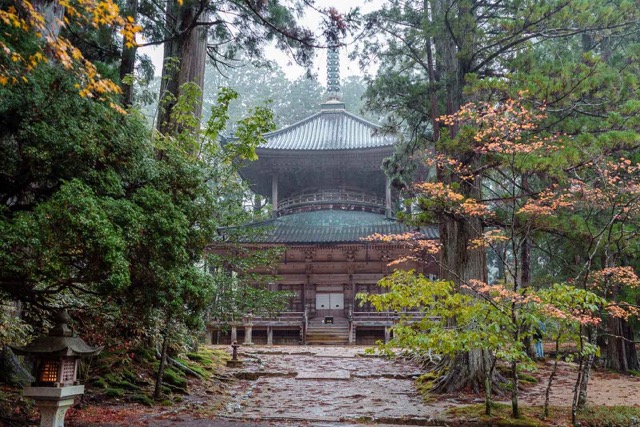
Nestled in the heart of Wakayama Prefecture, lies the city of Koya-san.
This sacred and serene town is a hidden gem, offering a unique glimpse into Japanese history and spirituality.
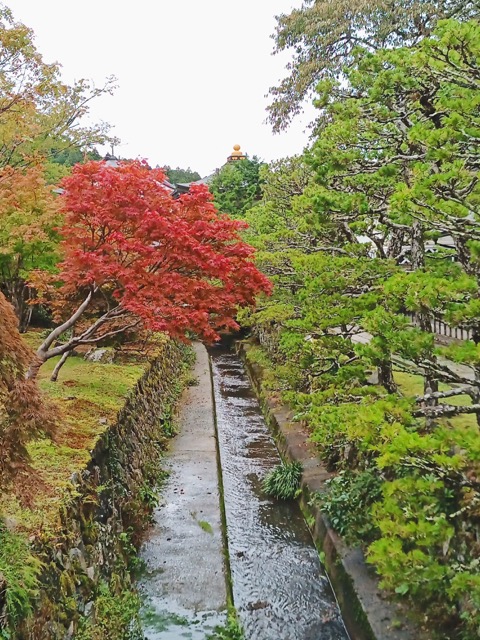
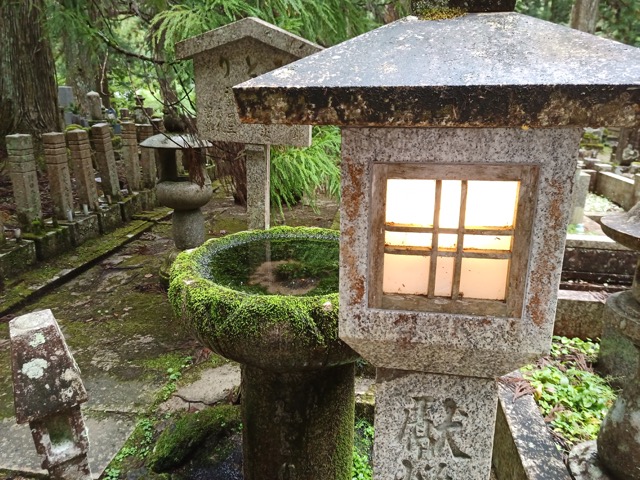
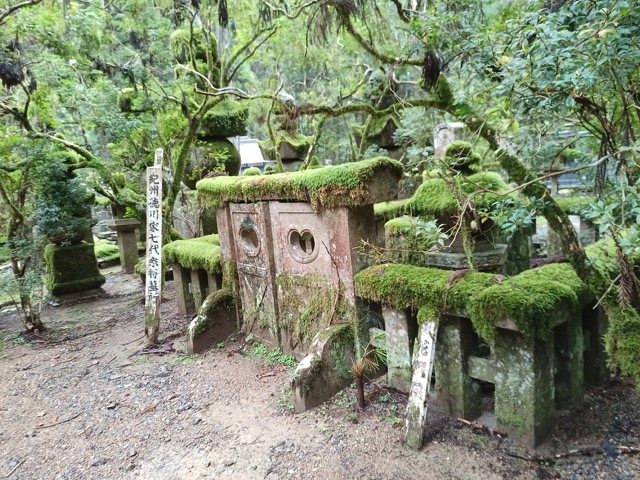
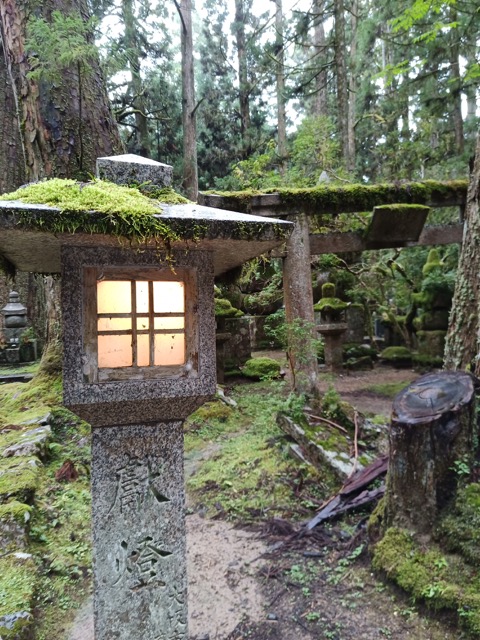
Origins and Spiritual Significance
Koya-san has its roots in the Shingon school of Esoteric Buddhism, founded by the monk Kobo Daishi, also known as Kukai, in the 9th century.
Kukai, a renowned scholar, artist, and spiritual leader, chose this tranquil mountainous region as the center for his Buddhist teachings. Today, Koya-san is the headquarters of this Shingon sect, attracting countless pilgrims and seekers of inner peace.
Famous Places to Visit:
Koya-san boasts a multitude of captivating attractions, many of which have deep spiritual and historical significance. Here are a few must-visit places:
- Kongobu-ji Temple: The largest temple on Mount Koya, Kongobu-ji is a UNESCO World Heritage Site. Its stunning rock garden, Banryutei, is a masterpiece of minimalist beauty. The temple also houses remarkable painted sliding doors and a treasury of historical artifacts.
- Okunoin Cemetery: This sacred cemetery is the final resting place of Kukai, and it is the most extensive graveyard in Japan. A mystical atmosphere envelopes the thousands of moss-covered tombstones, especially during the lantern-lit evening walks.
- Danjogaran Temple Complex: At the heart of Koya-san, you’ll find Danjogaran, the main temple complex. It’s a serene place to explore various halls, pagodas, and shrines, each with its unique historical and spiritual importance.
- Shukubo Temple Lodging: Experience the unique opportunity to stay in a shukubo, a temple lodging, where you can immerse yourself in the daily life of the monks, participate in meditation, and savor shojin ryori, a traditional vegetarian cuisine.
- Reihokan Museum: This museum houses an impressive collection of religious art and artifacts, including intricately detailed mandalas, scrolls, and ancient texts, shedding light on the deep-rooted cultural history of Koya-san.
In addition, during the autumn season, much like many places all over Japan, Koya-san offers a particularly beautiful scenery during the period of “Momiji,” when the maple trees’ leaves turn red.
